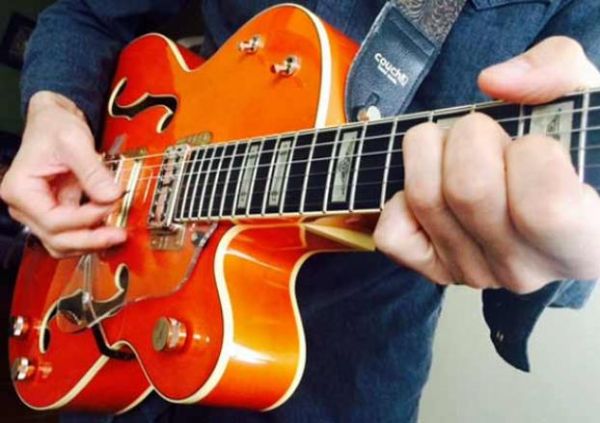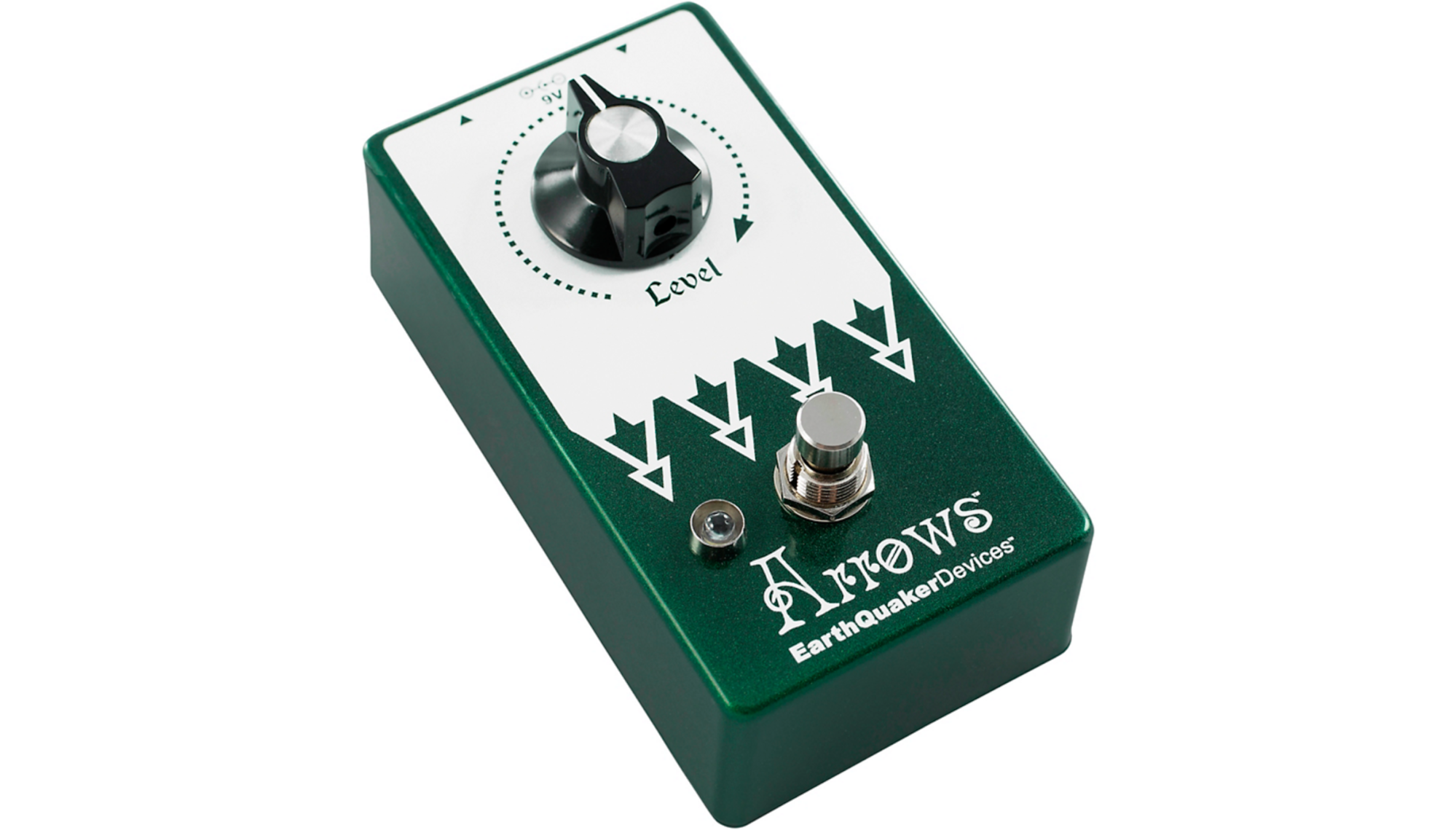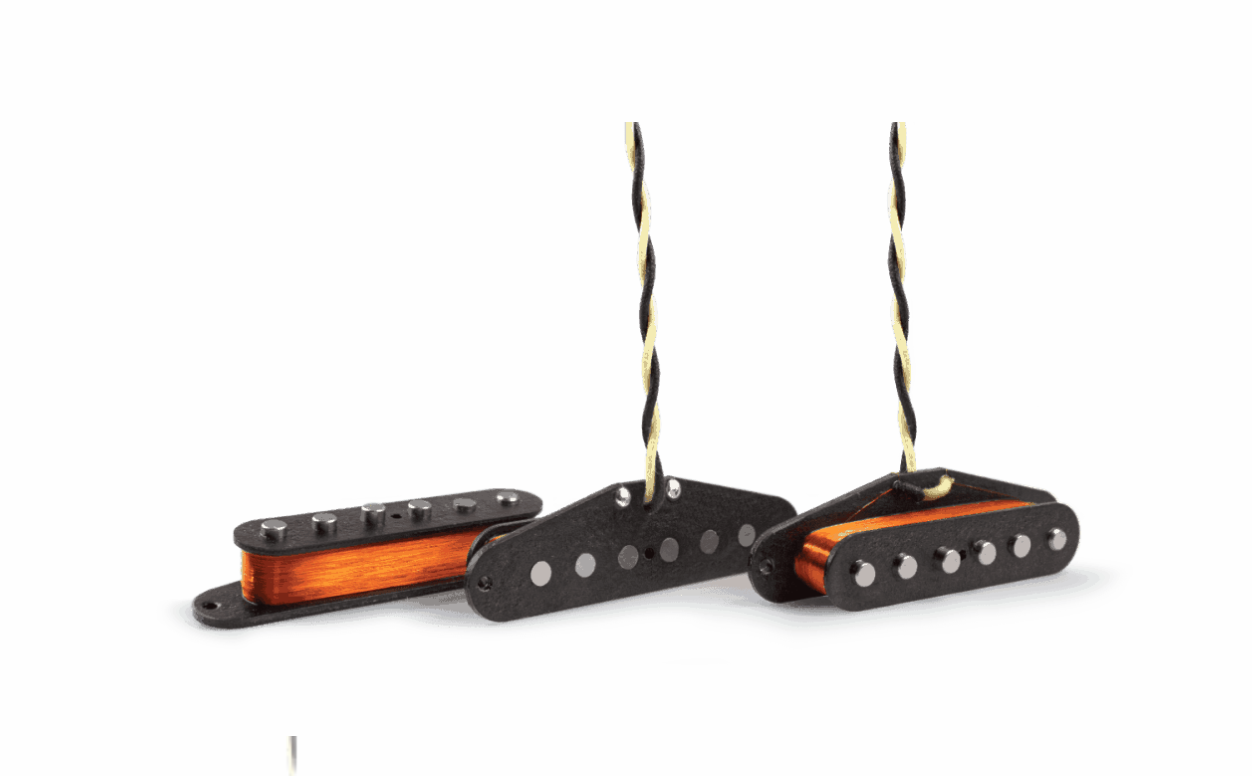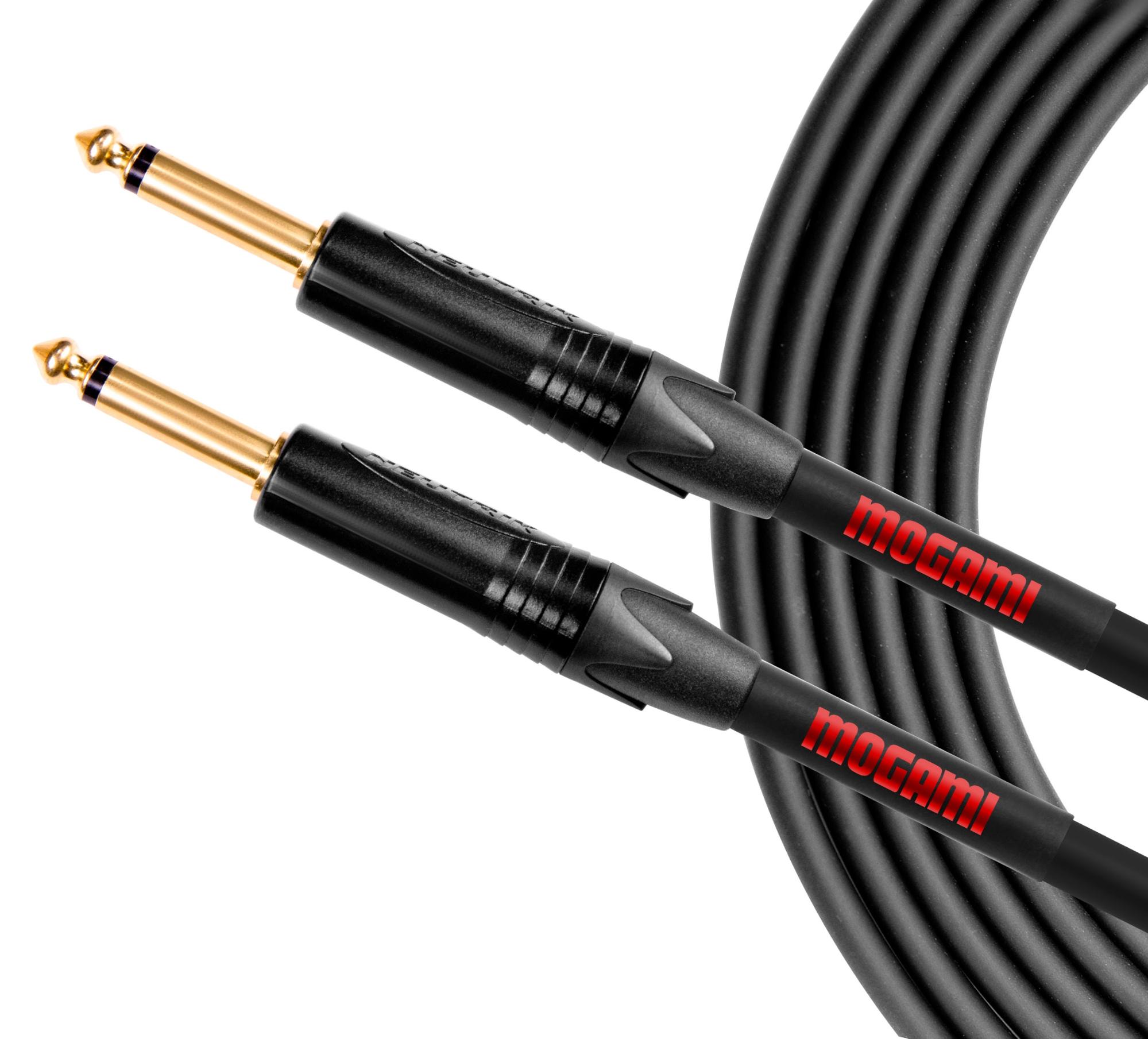Five pieces of gear – other than guitars and amps – that you need to consider in your quest for great tone

Far be it for us to underestimate the perfect-pairing power of a great guitar cranked through a killer amp. But those items are just two of the many, many pieces of gear that play a role in crafting your sound.
From pickups and pedals to speakers and cables, and even including such seemingly insignificant items as the type of plectrum you hold in your hand, every piece of equipment along the sound signal chain, from hand to guitar to amp and out into the world, deserves the same amount of tonal consideration if you want to achieve your perfect tone.
For an overview of what you should be looking for in some of these categories, read on.
Give yourself a boost

Let’s face it. Rock guitarists spend almost as much time tinkering with pedals as they do with their guitars and amps. And generally speaking, first on that list of essential effects is the old standard—the distortion or overdrive pedal.
But while adding the appropriate dirt to your tone is an important component of rock riffing, might we suggest that, rather than immediately reaching for a box that will alter and distort your sound, consider the gain pedal’s lesser-known relative, the boost. This pedal can add some power and definition to your tone—without necessarily changing it.
A straightforward stompbox like EarthQuaker Devices’ Arrows V2, MXR’s pint-sized Micro Amp or Electro-Harmonix’s classic LPB-1 can tighten up your bass, emphasize your mids and slap some sparkle and shine on your treble, all while allowing your amp’s tubes do the heavy tonal lifting. And if you want it to push those tubes into distort mode? Your friend the boost can help with that, too.
Pickup the pace

Pickups come in all shapes, sizes and designs. Single coil, humbucker, high output, low output, PAF, P-90…the choices are seemingly endless. Which design is best for you and your tone is a matter of personal preference, of course, but the fact remains that if you’re looking for a quick and relatively easy—not to mention instantly noticeable—way to give your guitar a new tonal character without actually having to go out and, well, buy a new guitar, swapping out the pups is a solid option.
There are, of course, a multitude of choices on the market these days, but as a starter, those looking for a solid Strat-style upgrade would do well to consider the Lindy Fralin Vintage Hot, which will add a bit more bite to your tone and help your guitar cut through the mix when it comes times to shred.
More of a Les Paul guy? Look to Seymour Duncan’s Pearly Gates SH-PG1 humbucker, which offers the sort of round, bluesy sustain and rich harmonic overtones characteristic of the famous Billy Gibbons Les Paul that it’s named after. And if it’s good enough for the Reverend Billy G., it’s probably good enough for you.
Cable vision

One item that often gets overlooked when it comes to the sound created by your instrument and your amp is the very thing that connects the two—your guitar cable. And despite appearances, all cables are not created equal. If you want killer sound, a high-quality cable is a must—anything less and you’re just sapping all that sweet precious tone right out the picture by erasing top end, picking up electrostatic interference or any number of other issues.
In order to keep things pristine, we recommend a premium cord like the Mogami Gold Instrument cable, which boasts an ultra high-density shield and high-quality ¼-inch connectors. There’s also an oxygen-free copper core for the highest transparency level and an anti-static shield layer to keep plugged-in cables noise-free when they’re moved or stepped on during a performance.
What’s more, Mogami also produces a super-premium Platinum cord for the ultimate in detail and dynamics, as well as an extra-rugged version, the Overdrive, designed to withstand the most extreme stage environments. Best of all, the cables are available in various lengths, from three to 40 feet, as well as with 90-degree-angled contacts, making them suitable for any stage or playing situation—no pops, static or tone-suck allowed.
Speaker up

Sure, tubes are important for transmitting that warm, spongy goodness so many rockers covet. But just as important to your amp’s sound is that celebrated neighbor living right below your tubes, the speaker. Don’t believe us? Try replacing your stock cone with something a little punchier or brighter, tighter or looser, more efficient or responsive, British or American, more modern or vintage, and hear for yourself.
A good place to start for some classic tone is the Celestion Greenback, notable for its warm sound with plenty of grit, a detailed top end and a not-too-tight bottom. Want tighter lows and higher highs, with massive power handling? Perhaps an EVM12L Black Label, designed for the bludgeoning riffs and pinch-harmonic-accented leads of Zakk Wylde, loaded into a closed-back cab for added punch, will do the trick. Again, the possibilities are limitless, but the differences will be significant. As with swapping out pickups, you might find that its feel like you’re playing through an entirely new amp, and at a fraction of the cost.
Pick a winner

Plectrums are one of those things that too many players never consider when it comes to their sound. But the fact of the matter is there are numerous components—material, shape, thickness, texture and more, that will affect your tone.
Thick picks like Dunlop’s Primetone will help with speed, while sharply-pointed ones like Gravity’s Sunrise Mini will aid even further in your shred desires. You can also venture way out into the pick stratosphere with offerings like FU-Tone’s new exotic wood-cut picks, or Rombo’s Eco-Black plectrums, made from 100% recycled waste.
As good a place as any to start would be to rifle through Dunlop’s Tortex Standard line, which offers a range of shape, sizes and thicknesses and are, like its name, something of an industry standard at this point.
Want all the hottest music and gear news, reviews, deals, features and more, direct to your inbox? Sign up here.